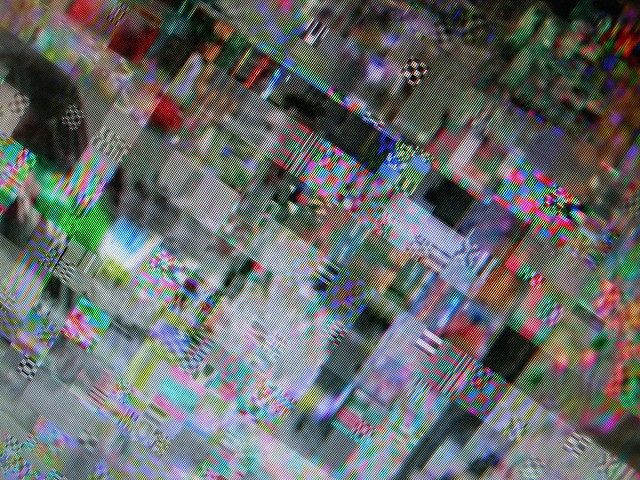This dispatch is a followup to “Unsolved Appearance of a Virus”. You don’t need to read the first installment to understand or enjoy this one.

Image via Thoth God of Knowledge.
“Flora had done the original forensic trace of Sam’s last actions and cried furiously when she couldn’t find enough information to explain anything.”
Flora missed Sam. They were never involved romantically, but she was always relieved to spend time with him. He did silly things like learn new typing schemes while they were supposed to be working, and then get yelled at because it slowed down his refactoring project and raised his bug ratio. Now it didn’t matter. The “only use Dvorak when you’re on the clock” rule was obsolete.
Flora was what you call “high strung” — she didn’t tolerate other humans particularly well. Management had special mood supplements just for her because everyone else’s bog-standard doses made her too jittery to work. She would sit in her room playing with old neural networks that they’d discarded more than a year ago, fine-tuning them for no particular purpose that she could name. That habit almost got her fired, in fact, but the second-level supervisor stepped in and suggested trying a different supplement combo first.
Management made their thoughts about “tetchy geniuses” known, but Flora stayed on, and her ROI as an employee was sufficient.
When Sam’s body was found, no one told Flora for several hours. She was plugged into her analytics trance, and the second-level supervisor insisted that they shouldn’t interrupt her. When Flora reemerged, everyone was gathered in the kitchen, looking at their shoes. She walked in, tugging off her rumpled sweatshirt, and stopped short when she saw their faces. “What’s going on?”
“Sam is dead. Greg found him. He was… sort of wedged into the H6 stack.”
“You didn’t need to tell her that,” Melanie hissed.
The eng lead took a step forward, raising his hand like he might touch Flora’s shoulder. “It’s so awful… I’m sorry. I know you were close.”
Without saying anything, Flora turned around and walked back up the stairs to her room. She flinched when she passed the H level, feeling the sudden pain of a cramp in her gut.
“When you maintain a computer the size of a house, the project consumes all of you. Really, the computer was a house. All the onsite engineers lived there, in the bowels of the machine. Its metal and silicon body occupied the tall column of emptiness that had been retrofitted into the building’s structure.”
Flora flipped open her laptop and powered it on. Five hours later, she was still reviewing logs, intermittently sobbing with frustration and punching the bed. She could tell that something was wrong — there was plenty of evidence at every level — but she couldn’t tell why. She felt like her brain was shaking inside her skull.
Unlike the rest of the team, Flora navigated the world by intuition. In some ways she was ill-suited to programming, even though she had the rules in her memory like anyone else. When exploring new territory, she pattern-matched without always being able to identify why the pattern was important. But she was so familiar with this system — so intimately connected to the way everything was supposed to be arranged — that the dissonance was obvious as soon as she examined layers beneath their usual dev tools.
And yet the source of the dissonance remained un-obvious. Flora reviewed the tampering that she’d found with the rest of the team, and then the second-level supervisor passed it up the chain. Management had invested too much to trash the project, and they weren’t pleased about rolling back to the version before any of this started.
“The machine was not sentient. No one ever thought that — Silicon Valley had given up on true artificial intelligence decades ago. Rather, the provocation uploaded through Sam’s brainlink was sabotage. Someone had been monkeying around with the firmware, and then the layer on top of that, and then even the UI. It was silly to mess with the interface — who cared about that part, right? This was an enterprise API endeavor, not a goddam web app.”
After a few months, they did end up letting Flora go. She couldn’t stop obsessing about what had happened to Sam, and management suggested to the supervisor that this was suspicious. He was reprimanded gently for Flora’s remiss performance. His file was tagged with a note that promotion should be delayed.
After Flora was fired, the project lost momentum and started to drift off of management’s radar. The sales staff wasn’t getting good results from this prospect, so the budget was slashed. The second-level supervisor was transferred to headquarters. After another year, the project was officially shut down and the devs dispersed.
The company still owned the building and the massive machine it contained, but they used that infrastructure to remotely process other work. Aside from the maintenance crew that swapped out components every couple of weeks, the place was left alone.


Comments are closed.